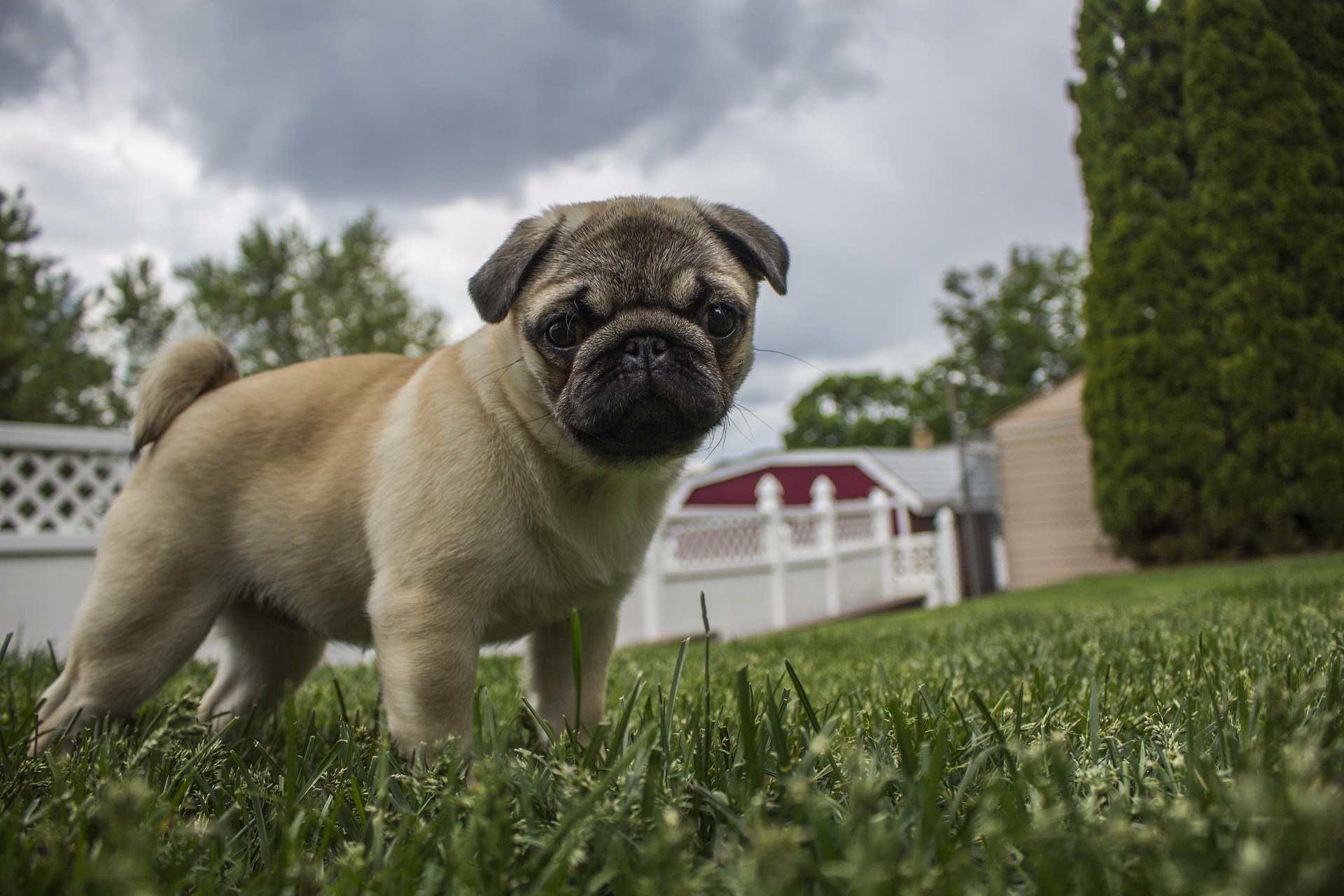Both humans and dogs have the ability to learn in non-associative ways. Non-associative learning consists of responding automatically or reflexively to a stimulus, without having to actively try. While we do proactively train our dogs to perform behaviors, a puppy or new dog develops their own non-associative responses to their new environment as well.
Two Types of Non-Associative Learning
There are two forms of non-associative learning: habituation, and sensitization. They are essentially two sides of the same coin.
Habituation: Habituation is when your dog has learned to tune out a certain stimulus because of the frequency with which you’re exposed to it–for example, when you live in New York City, the sounds of traffic and horns honking eventually fade into the background to the point that both you and your dog barely notice them. If you live in the suburbs though and hear a horn honk, it’s likely you’ll both be startled because you have not been habituated to the sound. While at first the stimulus may be jarring, through habituation every exposure causes the response to lessen until the dog no longer regards it.
Each dog will habituate to individual stimuli at different rates. Horns that honk multiple times every hour will become background noise much more quickly than, say, the sound of an ambulance siren that only passes by once each week. The nature of the stimulus itself also affects how quickly a dog will habituate. Unexciting stimuli, such as a backpack sitting on the ground, are much easier to ignore and become accustomed to than a squirrel, a crust of pizza, or a blowing paper bag.
You can use habituation as a part of your dog’s training. It helps reduce reactivity and fear. If you’re expecting a baby for instance, play sounds on YouTube of a baby crying and cooing. Set up the new furniture (crib, rocking chair, etc.) and interact with them so that your dog gets over the novelty. In the case of a dog that barks at a doorbell, you can play the sound of a bell on YouTube at the lowest volume possible. Once your dog seems calm and ignorant of the noise, turn it up one notch. Over time, you’ll likely find they are less reactive.
Sensitization: On the other hand, sensitization is a form of non-associative learning where a dog becomes more reactive over time to a stimulus. This is similar to how many people react to watching or reading horror stories–while normally you may have no problem turning the lights off in your house before bed, you might find yourself jumping at every shadow after watching a horror film. The movie sensitized you to dark shapes and unfamiliar noises, increasing your fear over stimuli that hadn’t bothered you before! The same can happen with dogs when they are exposed to particularly startling stimuli. Thunderstorms and fireworks are the major issues with sensitization in dogs, causing them to become more and more fearful of any startling sound with repeated exposure. This is why so many pups struggle with 4th of July festivities or harsh storms. Habituation can still occur, but it may take a lot more active work and time for them to stop reacting to the scary stimuli.
Training your dog to adapt to stimuli is a great way to help them remain calm, happy and unafraid. A well-adjusted dog is a secure and happy dog.
Gulf Coast K9 Dog Training is a professional training and obedience school based in Bradenton, Florida.





